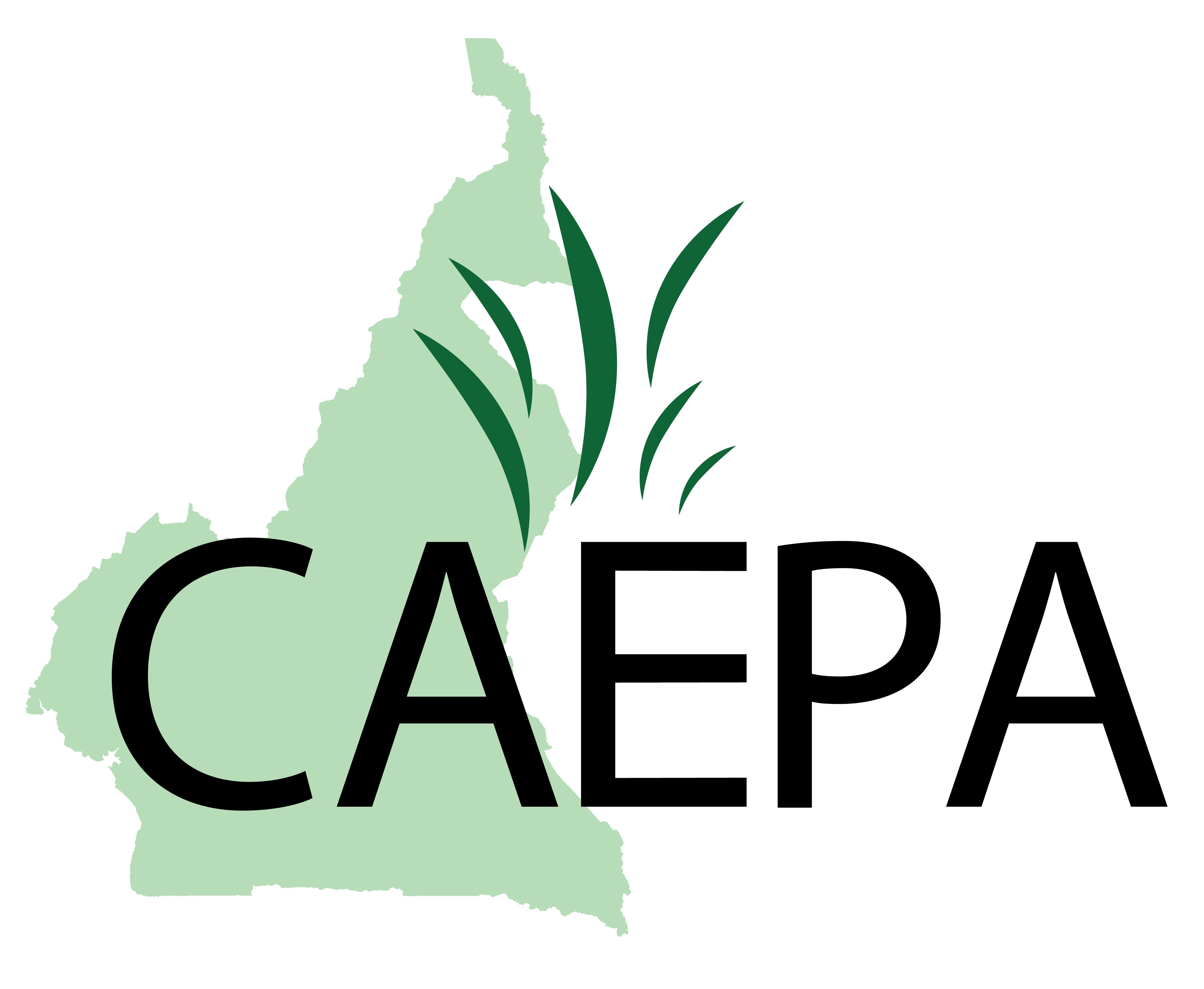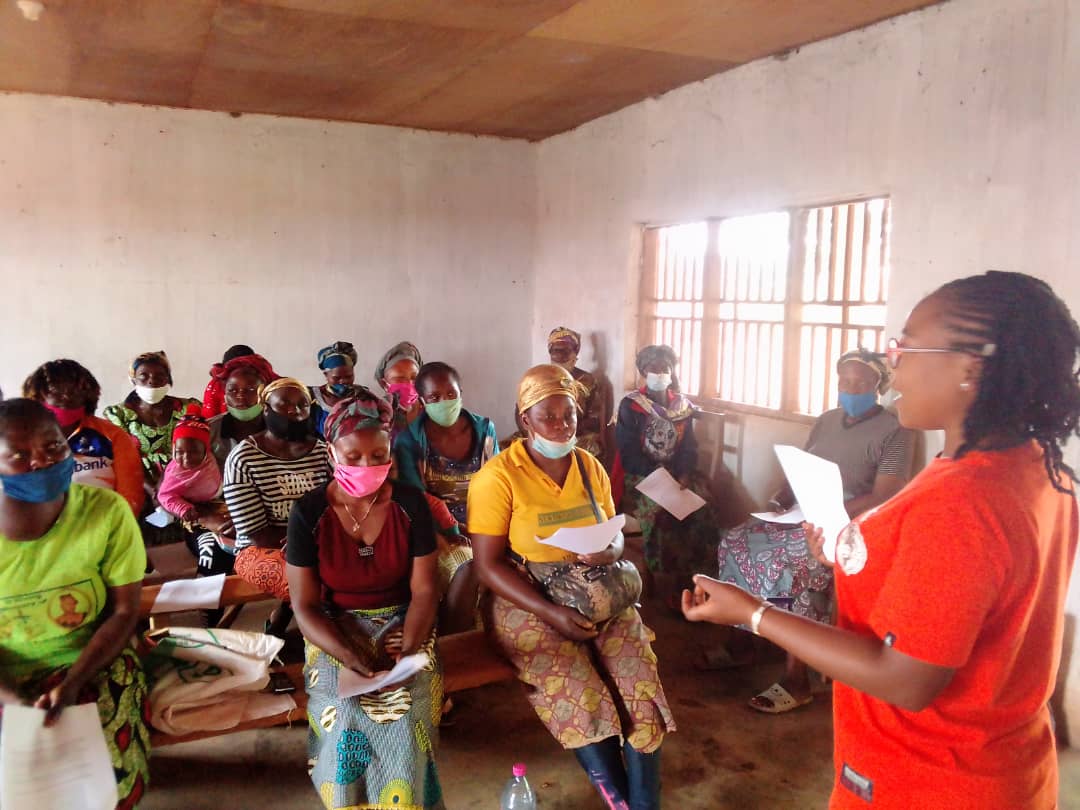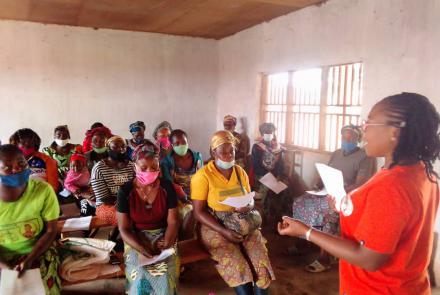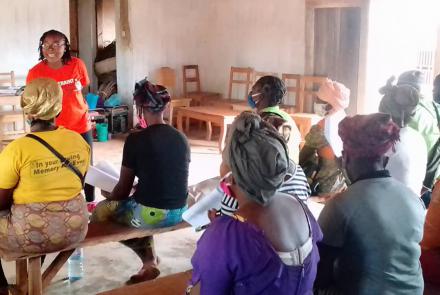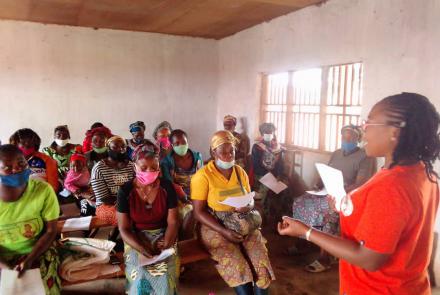Position paper on eradicating Gender-based violence against women in Balikumbat Subdivision
Context
In a statement released in March 2020, Phumzile Mlambo-Ngcuka – UN under-secretary-general and UN Women Executive Director – stated: “Every day, on average, 137 women are killed by a member of their own family”. Though shocking, this statement belies the truth that the number of women subject to gender-based violence (GBV) by family members as well as non-intimate community members is even higher. In interviews conducted by CAEPA Cameroon with female victims of GBV living in the Balikumbat Sub-division in northwest Cameroon, every interviewee stated that they had not ‘received help from anyone while suffering GBV, shedding light on the alarming trend of GBV in communities ruled by patriarchal structures and the ‘Pulaaku culture’ of silencing victims. CAEPA sees its mission as to protect women and ensure their fundamental rights and so seeks to strengthen preventive measures against GBV. This position paper outlines CAEPA’s stance on GBV intervention methods that require coordination with the government and civil society organizations (CSOs) in the Balikumbat community.
Education and awareness-raising activities
Studies by CAEPA have shown that women receive very little formal education on GBV, as their ability to be part of an agricultural or industrial workforce is prioritized over education. Furthermore, focus group discussions revealed that there are broad misconceptions regarding the root causes of GBV and its possible remedies with many suggesting when to be at fault for their victimization highlighting a serious lack of the educative resources necessary for a basic knowledge of GBV. Thus, CAEPA sees education and awareness-raising actives as the first step towards eradicating GBV and creating sensitization to de-stigmatize speaking out about GBV. These initiatives can be in the form of free public seminars, the integrated formal curriculum at schools, apolitical campaigns, etc, and should be facilitated as promptly as possible.
Access to existing resources and support services
The study by CAEPA revealed an alarming lack of support services for GBV survivors and a corresponding lack of awareness of the resources that are available. A clear mapping of accountability among stakeholders (public, private and non-profit) should be completed in communities with high GBV rates: each of these sectors must assume responsibility in areas to better protect and ensure access to support for victims. The government must allocate funding and resources and the private sector should be open and active in seeking partnerships with CSOs and women’s rights organizations. Meanwhile, the non-profit sector must ensure that victims are aware of the resources available to them and promote self-reliance among women so that they can demand support where it is needed. This multi-stakeholder approach will enable survivors to take full advantage of existing resources in their communities to overcome the short-term difficulties that stem from GBV experiences within their households.
New resources and initiatives
It was unanimously suggested by female subjects of the CAEPA study that economic, health, food, and nutrition support programs are the most needed measures to help them overcome the GBV. However, opposition to violence against women and girls is also a long-term project, and immediate rescue programs, although critical in severe cases are insufficient. In light of this, CAEPA proposes the government invest in researching and developing support programs that address GBV comprehensively. For example, there is a demand for self-help toolkits and other forms of psychosocial therapies for GBV survivors. More attention should also be given to women in underrepresented and/or underprivileged groups such as women with disabilities, those in ethnic minorities, those in the LGBTQIA+ BIPOC community, etc. It is crucial to realize that traditional support pathways may not suffice for these communities. In addition, a more effective case management training program is recommended alongside technology-based solutions such as data collection and the use of social media for awareness spreading.
Conclusion
In order to reduce the rate of GBV in the Balikumbat Sub-division, the stakeholders at CAEPA believe the government, in coordination with the private and non-profit sectors, should undertake the responsibility to facilitate three key propositions. First, increase educational and awareness-raising initiatives to inform the larger population about GBV risks, causes, and consequences in their communities. Secondly, ensure access to existing resources and support services. And finally, implement new approaches to guarantee support for people from all backgrounds. CAEPA remains confident that through cooperation between stakeholders, women, and girls can be made to feel safe and protected in their communities.
